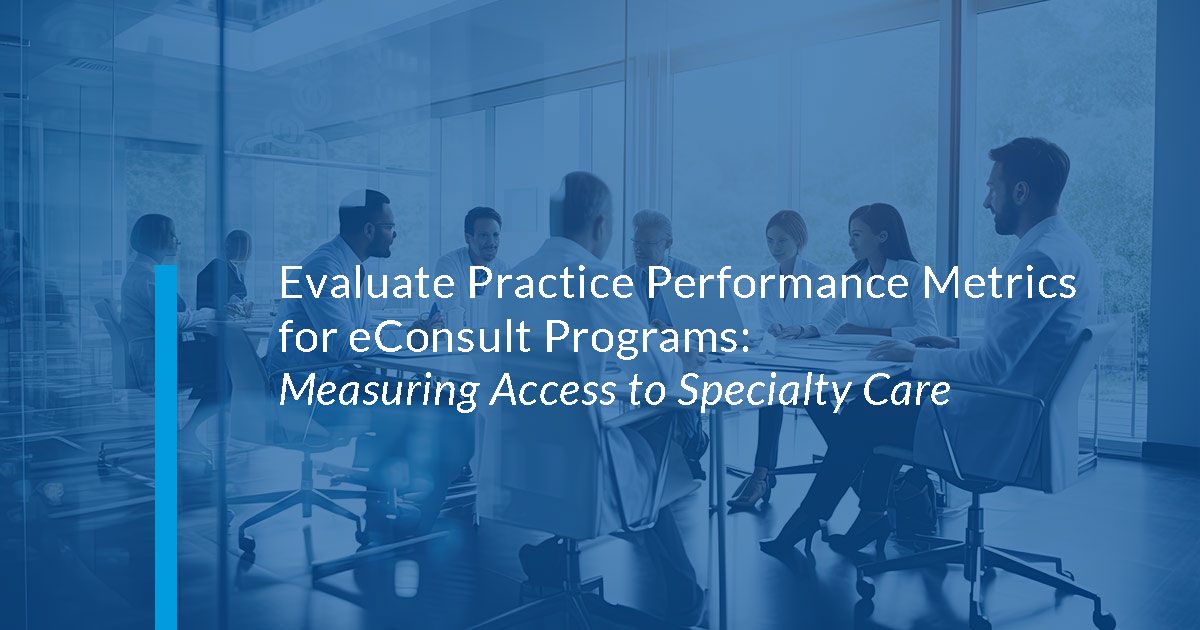Why Specialty Care and Spending Matter in a Value-Based World
What is Value-Based Care?
So at its core, what is it? This is not gonna be the 404 Harvard class on value-based payment, but if you, if you are new to this space and you kind of leave knowing nothing else, these two little graphics at the bottom are really what I want you to keep in mind. The fee-for-service system that we have today for how we pay for healthcare really emphasizes volume over value. There is maximum financial value when there is volume. So we know that those are misaligned incentives when it comes to what we want providers and patients to be experiencing. Really this move to value-based payment takes that incentive away from the volume and moves it towards the value, um, side of this equation. Again, it’s an approach to reimbursement. It does not solve all ills for sure.
Again, it’s all about rewarding value over volume. The way we talk about value is both financial, looking at the total cost of care or care cost of an episode, and also the clinical outcomes that we can look at. It’s definitely an approach that incentivizes providers at the point of care to do what they think is best, what they know in their best clinical judgment should be done for patients, which I think as patients ourselves, we could always say that’s very much what we want. It also provides them with these shared savings and risk incentives so that they can actually also be part of any potential savings. And on the downside, any potential losses that accumulate through this. It’s also a method to directly tie payment to providers with quality of care and health outcomes.
And this is something that of course, if you’ve been in the healthcare industry for some time, you know, we’ve been at this for quite a while. We look at our outcomes broadly as a health system, and I think we can all sort of say that we’re not completely pleased with them. This is again, another way that we can tie the payment of services directly to quality of care, including some downside risk, which means you potentially do not see those financial upsides if the quality of clinical care is not where we want it to be at the end of the day. You see this, you see VVP as a component one, not all of it of delivery system reform efforts. That is both on the state side and on the federal government side, which we will talk about in a minute.

Evaluate Practice Performance Metrics for eConsult Programs:
Measuring Patient Access to Specialty Care
With considerable time and effort, at-risk practices identify patients at high risk of serious health events. We want to use this same information to develop an eConsult strategy.
- ED use – a costly alternative to a specialist visit.
- Unscheduled or canceled specialty care appointments.
- Boomerang appointments to primary care.
Increasing access to specialty care is the goal. Together, we can track and communicate which specialties are most:
- Needed by the patients you serve
- Likely to improve outcomes
- Appropriate for eConsult
- Valuable to your practice
Identify Specialties with Long Appointment Wait Times
There are many reasons why patients must wait too long to get an appointment with a specialist.
- Not all specialists accept Medicare and Medicaid.
- Doctors in many specialty areas are unevenly distributed across the country.
- Patient referrals are often scheduled by the urgency of the condition.
- Current patients are prioritized for appointments.
Merritt Hawkins reports that the nationwide average wait time to see an orthopedic surgeon is relatively short – just 16.9 days. However, looking at the average can be misleading.
- This average is a 48% increase when compared to 2017
- Getting an appointment with an orthopedist varies tremendously by location – San Diego averages 55 days!
Several factors impact appointment wait times. Not all specialists accept Medicare and Medicaid. Specialists are often clustered in metropolitan areas and unevenly distributed across the county.
Patient’s are less likely to schedule and attend a specialist appointment:
- When the wait time is extended.
- Travel distance to the specialist is significant.
- Cost of the appointment is high — the patient has high-deductible insurance, or the specialist is out-of-network.
